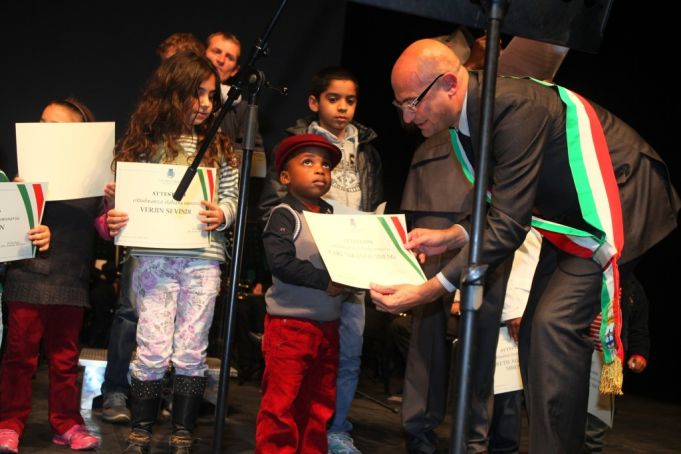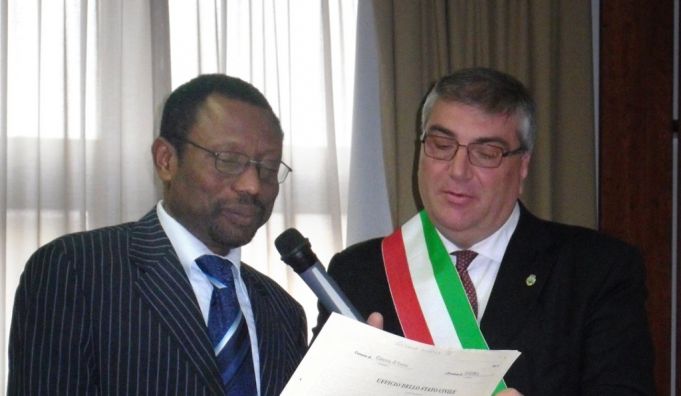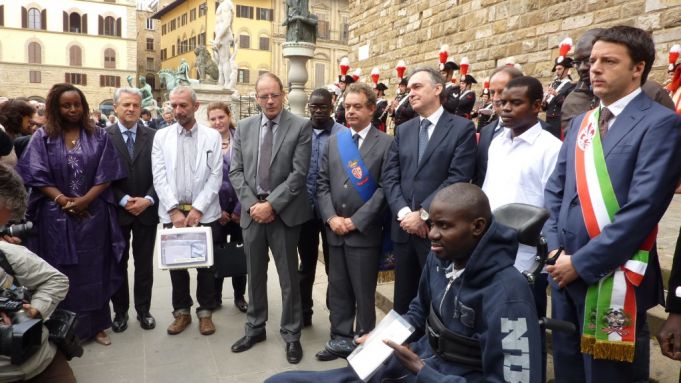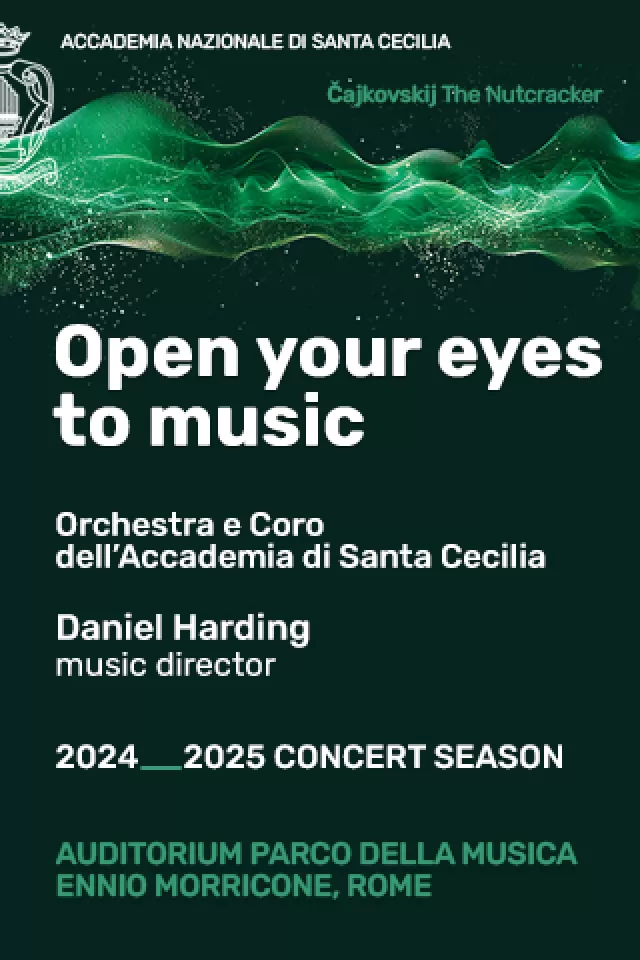The process of applying for Italian citizenship is complicated and costly and the treatment reserved for future Italians leaves much to be desired.
Laura Clarke
To become or not to become an Italian citizen? That is the question this British national living in Italy since 1999 asked herself for many years before eventually deciding to take the plunge.* However, it soon became clear that what is in theory an entitlement under certain conditions in practice is a bureaucratic concession issued begrudgingly by the state and at considerable cost and effort on the part of the applicant. Not to mention the disrespect shown to prospective Italian citizens at least by staff at the citizenship office at the Rome prefecture, which has to be experienced to be believed.
Citizenship applications must be made online through the Department of Civil Liberties and Immigration (DLCI) section of the interior ministry website. Prospective applicants must first register with the website and sign in before selecting Cittadinanza in the left-hand vertical menu bar for the introductory explanation and application forms.
Applications can be made on two grounds, marriage to an Italian citizen or naturalisation (see Side Notes below). However, the supporting paperwork is the same in both cases and must be obtained and scanned in readiness for upload before compiling the online form. Preparing the paperwork is a time-consuming and costly process. Applicants from countries with a slow civil service or where official documents cannot be requested online are at a major disadvantage.
All applicants are required to present a full birth certificate (certificato di nascita) and a criminal record certificate (certificato penale) from their country of origin and from other countries where they have been residents. These documents must all be legalised with an apostille (official authentication) from the issuing country and accompanied by a sworn translation (including of the apostille) in Italian.

The exact name and procedure for obtaining these documents and the associated cost varies from country to country. This British national for example had to produce a police certificate for immigration purposes, which needed to be requested online from the UK ACRO Criminal Records Office at a cost of £45 including postage; this and her birth certificate then had to be sent by post to the Legalisation Office of the Foreign and Commonwealth Office (FCO) to be apostilled at a total cost of £74.50 including postage; and then the sworn translations in Italian cost another €135.70 (prices vary). The whole process took the best part of six weeks to complete and cost around €300.
In addition, citizenship applicants must provide a copy of a valid identity document and the receipt of payment of the €200 application fee (instructions for payment are on the website).
Once these documents have been assembled they must be scanned for upload in pdf format as four separate files not exceeding 3MB each. The two certificates and their respective apostille stamps and sworn translations must each form a single document.
Now it is possible to begin the online application process by signing into the system and then clicking on Compila e invia la domanda in the Cittadinanza section in the left-hand menu bar.
The first step is to choose the correct form from the four available according to the grounds for application. The forms vary in length and in terms of the information that is required; in this respect, it is essential to note that applicants are expected to provide a certain amount of supporting information that is not specified in the introduction to the Cittadinanza section and that they might not have readily at hand. This includes a full migration history to Italy including dates and details of the permesso or carta di soggiorno and a full residence history from the age of 14, also including dates. In the case of naturalisation, applicants must also provide their official declaration of income for the last three years.

The application form is difficult to navigate and the online instruction manual only goes some way towards answering the many questions that inevitably arise. For example, this writer had difficulty fathoming the requirement on the penultimate page to provide the serial number of a €16 tax revenue stamp (marca da bollo telematico) that needs to be purchased beforehand from a tobacconist. Applicants who are less proficient in Italian or less familiar with the country’s red tape might require expert support.
One positive aspect of the online system is that it is possible to save an incomplete application and return to it at a later date, once doubts have been resolved or missing information acquired. (In order to compile a full residence history this writer had to make trips to the local registry office in two separate municipalities).
The final step is to upload the four supporting documents in pdf format. It is then advisable to print a preview of the completed application form before hitting ‘send’.
However, this is by no means the end of the road, as applicants will be summoned to present the original supporting documentation for verification at their local prefecture. All notifications concerning the application, including summonses, are posted to Comunicazioni in the Cittadinanza section of the website, and applicants are sent an email telling them to check.

Be aware that applicants are required to present all the paperwork including a print-out of the completed application form and €16 tax stamp, regardless of what it says in the summons. This writer received instruction to present only her birth certificate and had to make a second trip to the Rome prefecture in Via Ostiense to present the other ‘missing’ documentation.
It is then a matter of waiting; a clerk at the Rome prefecture said in May 2016 that processing applications now takes the full two years allowed by law.
Successful applicants are summoned back to the prefecture to receive their decree and must then swear allegiance to Italy’s laws and constitution at their local registry office within the next six months in order for the citizenship rights to become effective.
SIDE NOTES
The grounds for applying for Italian citizenship are set out in Law 91 of 1992 and subsequent modifications.
Citizenship can be claimed through marriage to an Italian after two years of residency in Italy or three years if the couple lives outside the country. These terms are reduced by half in the presence of children. Citizenship by marriage is awarded by prefectorial decree; in the event that no pronouncement is made within 730 days (two years) from the date of application it is possible to claim the entitlement via a separate procedure through the courts.
It is also possible to request Italian citizenship on the grounds of legal residence in Italy. This is commonly referred to as ‘naturalisation’ and is more discretionary in nature. EU citizens must have been legally resident in Italy for four years and non-EU citizens for ten years in order to apply. Foreigners who have been employed in the Italian civil service for a period of at least five years in Italy or abroad can also apply for naturalisation. Citizenship by naturalisation is awarded by presidential decree and in the event that no pronouncement is made within two years, applicants can take up their request with the interior ministry’s inspector general for administration, who is required to take a decision within a year.
*The decision to apply for Italian citizenship was taken before and partly in view of the June Brexit referendum in the UK. In October 2016 newspapers reported that the number of British people seeking citizenship in other EU countries had surged since the start of the year, and particularly after the Leave victory. Official figures for Italy were not available at the time of writing, but anecdotal evidence obtained by this writer through online contact with worried expats would suggest that this is true specifically of this country as well.
This article was published in the January 2017 edition of Wanted in Rome magazine.

















